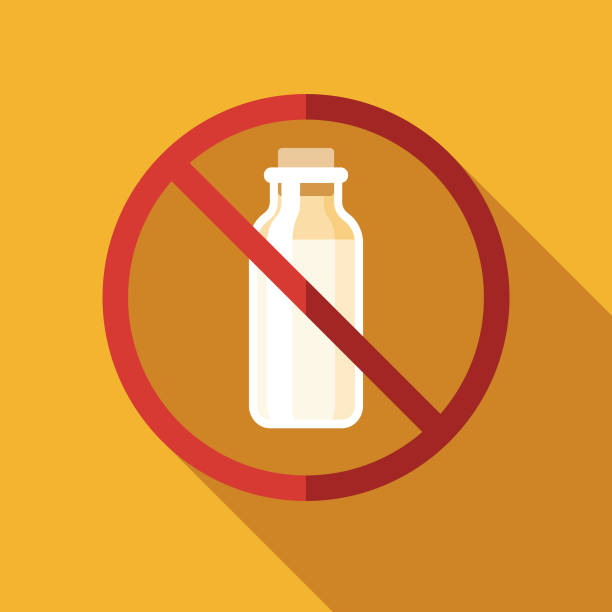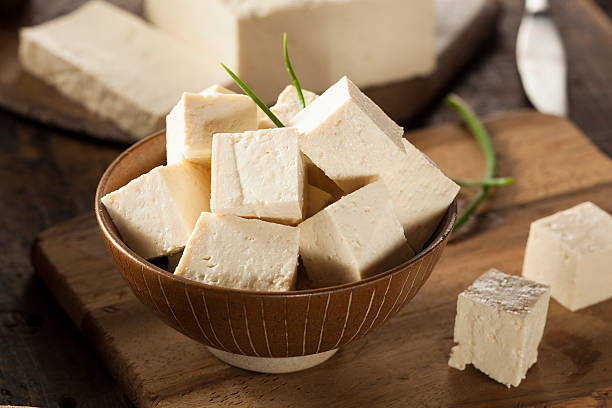You may have heard that older people often avoid milk because they say it’s harder for them to digest. Many famous celebrities, like Miley Cyrus and Novak Djokovic, have mentioned in interviews that they have an allergy or intolerance to milk. But what exactly is this condition, and how does it affect the consumption of dairy products like paneer?
Understanding Lactose Intolerance
What is Lactose Intolerance?
Lactose intolerance is a common digestive disorder where the body is unable to properly digest lactose, the main sugar found in milk and dairy products. This condition is caused by a deficiency in lactase, the enzyme responsible for breaking down lactose in the small intestine.
Symptoms:
- Bloating
- Gas
- Diarrhea
- Abdominal pain
- Nausea
The Chemical Reaction in Lactose Intolerance
When a lactose-intolerant individual consumes milk or dairy products, the lactose remains undigested in the small intestine due to the lack of lactase enzyme. As a result, lactose passes into the colon, where it interacts with bacteria. This interaction leads to fermentation, producing gases like hydrogen, methane, and carbon dioxide, which cause the uncomfortable symptoms associated with lactose intolerance.

Is Paneer Lactose-Free?
Paneer and Lactose Content:
Paneer, a popular Indian cheese, is made by curdling milk with an acidic substance such as lemon juice or vinegar. This process separates the curds (which form paneer) from the whey. While some of the lactose is removed with the whey, paneer still contains lactose, although typically in lower amounts compared to whole milk.
Digestibility:
- Reduced Lactose: Due to the curdling process, the lactose content in paneer is reduced, making it potentially easier to digest for some lactose-intolerant individuals.
- Individual Tolerance: The level of lactose intolerance varies from person to person. Some may tolerate paneer without significant issues, while others may still experience symptoms.
Dairy-Free Paneer: Tofu
For those seeking a dairy-free alternative to paneer, tofu is an excellent choice. Tofu, often referred to as bean curd, is made from soy milk through a process that mirrors the making of paneer. Here’s how it’s done:
How Tofu is Made:
- Soy Milk Production: Soybeans are soaked, ground, and boiled to produce soy milk.
- Coagulation: A coagulant, such as calcium sulfate or magnesium chloride, is added to the hot soy milk, causing the proteins to curdle and form curds.
- Pressing: The curds are then pressed into solid blocks, forming tofu.

Similarities to Paneer:
- Texture: Both tofu and paneer have a firm, yet soft texture that holds up well in cooking.
- Versatility: Just like paneer, tofu absorbs flavors from spices and sauces, making it a versatile ingredient in a variety of dishes.
Vegan Alternative:
- Plant-Based: Tofu is entirely plant-based, making it a popular vegan alternative to paneer. It provides a good source of protein, iron, and calcium without any animal products.
Vegetarians’ Protein Champ: Paneer and Beyond
For vegetarians, ensuring adequate protein intake is crucial for maintaining health and supporting bodily functions. Paneer, often hailed as a vegetarian’s protein champ, plays a significant role in fulfilling daily protein requirements. However, it might not always be enough on its own. Let’s explore the minimum daily protein requirements, how paneer helps meet these needs, and other protein-rich foods that can complement your diet.
Minimum Daily Protein Requirement
General Guidelines:
- Adult Men and Women: The Recommended Dietary Allowance (RDA) for protein is about 0.8 grams of protein per kilogram of body weight. For an average adult, this translates to approximately 46 grams per day for women and 56 grams per day for men.
- Active Individuals and Athletes: Those who are more physically active or involved in sports may require more protein, typically around 1.2 to 2.0 grams per kilogram of body weight, depending on the intensity and frequency of their activity.
Protein Content in Paneer
Nutritional Value:
- Protein Content: Paneer is a rich source of protein, with approximately 18 grams of protein per 100 grams. This makes it a valuable addition to a vegetarian diet.
- Other Nutrients: In addition to protein, paneer provides essential nutrients such as calcium, vitamin B12, and phosphorus, which are important for bone health and overall well-being.
Is Paneer Enough to Fulfill Protein Requirements?
Meeting Daily Needs:
- Quantity Matters: To meet the daily protein requirement solely through paneer, an average adult would need to consume around 250 to 300 grams of paneer daily. While this is possible, it may not be practical or desirable for everyone.
- Variety is Key: Relying solely on paneer for protein may lead to dietary monotony and miss out on other essential nutrients found in a varied diet.
Complementing Paneer with Other Protein Sources
1. Lentils and Legumes:
- Rich in Protein: Lentils, chickpeas, beans, and other legumes are excellent sources of plant-based protein. For example, 100 grams of cooked lentils provide about 9 grams of protein.
- Versatility: They can be incorporated into various dishes like dals, soups, salads, and stews, adding both protein and fiber to your diet.
2. Nuts and Seeds:
- Protein and Healthy Fats: Almonds, peanuts, chia seeds, and flaxseeds are not only high in protein but also provide healthy fats and other essential nutrients.
- Easy Additions: These can be added to smoothies, salads, yogurts, or eaten as snacks.
3. Whey Protein:
- Supplemental Protein: For those struggling to meet their protein needs through whole foods alone, whey protein supplements can be a convenient and effective option. One scoop of whey protein powder typically provides around 20-25 grams of protein.
- Ease of Use: Whey protein can be mixed into shakes, smoothies, or even baked goods for a protein boost.
Conclusion
In conclusion, while paneer is a powerhouse of protein for vegetarians, it is important to diversify your protein sources to meet your daily nutritional requirements. Complementing paneer with other protein-rich foods such as lentils, nuts, seeds, and whey protein ensures a balanced and varied diet.
When it comes to sourcing your paneer, store-bought options are convenient and can be a good choice if you know what you’re buying. However, opting to buy from a local source not only guarantees freshness but also supports the local economy. Fresh, locally-sourced paneer can enhance your dishes and contribute to a more sustainable food system.
Remember, there are still many topics left to explore in the fascinating world of vegetarian nutrition and culinary delights, so sit back and enjoy the journey with us.




